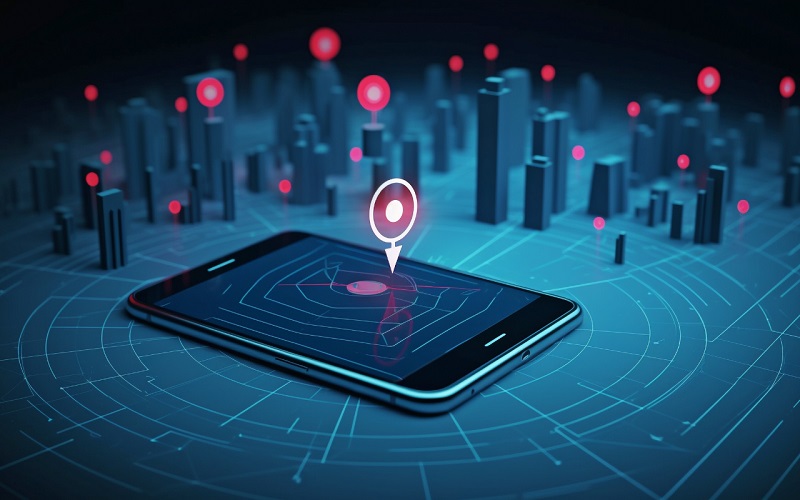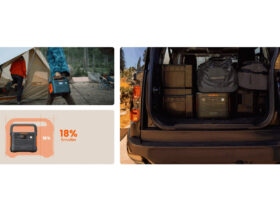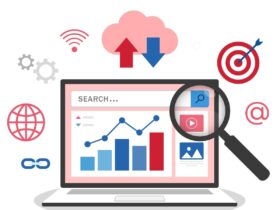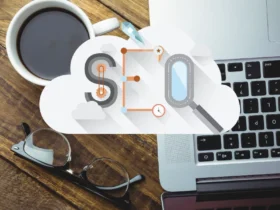Real-Time Locating Systems (RTLS) are revolutionizing the way industries manage assets and monitor personnel. From healthcare to manufacturing, retail, logistics and beyond, RTLS is enhancing operational efficiency and security in diverse sectors. This article explores how RTLS is transforming industries, its benefits and what the future has in store.
At its core, RTLS enables organizations to track and monitor assets and individuals in real-time using various technologies such as RFID, Bluetooth and GPS. This capability provides invaluable insights into asset location, movement and utilization, allowing businesses to streamline workflows, enhance security and optimize resource allocation.
One of the primary benefits of RTLS is its ability to improve efficiency across industries. By accurately tracking assets and personnel, organizations could optimize workflows, reduce wait times and minimize downtime. For example, in healthcare, RTLS helps hospitals track the location of medical equipment, streamline patient flow and improve staff efficiency. In manufacturing, RTLS enables real-time inventory tracking, equipment monitoring and process optimization, leading to increased productivity and reduced operational costs.
Moreover, RTLS plays a crucial role in enhancing security across industries. By providing real-time location data, organizations could monitor assets and personnel, identify potential security threats and respond promptly to emergencies. In retail, RTLS helps prevent theft by tracking the movement of products and alerting staff to suspicious activity. Similarly, in logistics, RTLS enhances supply chain visibility, enables shipment tracking and improves warehouse management, reducing the risk of loss or theft of goods.
Looking ahead, several future trends are shaping the evolution of RTLS across industries. One such trend is the integration of RTLS with the Internet of Things (IoT), which enhances tracking capabilities and enables smarter ecosystems. Wi-Fi and Bluetooth Low Energy (BLE) technologies are also dominating the RTLS landscape, offering cost-effective and versatile tracking solutions.
In healthcare, the adoption of RTLS is expected to continue growing, particularly in response to the COVID-19 pandemic, which has heightened the need for patient monitoring and safety. Similarly, in retail, RTLS is expected to drive further enhancements in customer experiences, inventory management and store operations.
Privacy and data security are also becoming increasingly important considerations in RTLS deployments. As organizations collect and analyze large volumes of location data, robust measures must be implemented to safeguard sensitive information and comply with data protection regulations.
Additionally, emerging technologies such as Ultra-Wideband (UWB) are revolutionizing RTLS by offering high-precision tracking solutions ideal for industrial asset management.
In conclusion, RTLS is transforming industries by enhancing efficiency and security through real-time tracking and monitoring solutions. As organizations continue to adopt RTLS technology, the future promises even greater advancements in operational efficiency, security and innovation.
For more information on how RTLS is enhancing efficiency and security across industries, please reference the accompanying graphic.

Infographic created by McRoberts Technologies, revolutionizing cruise line tracking system efficiency












